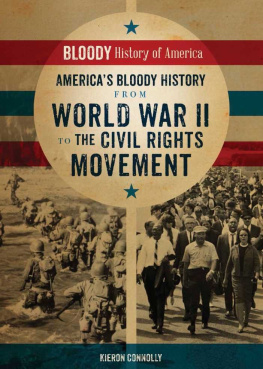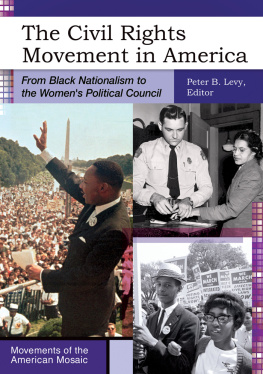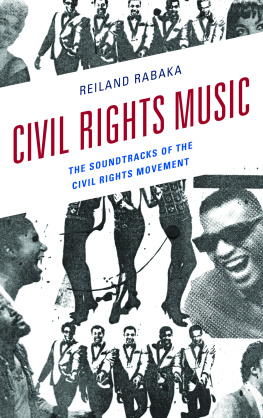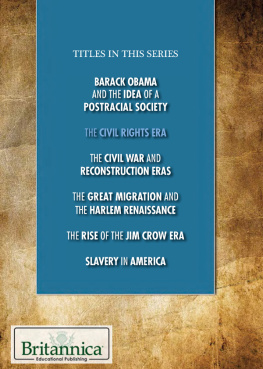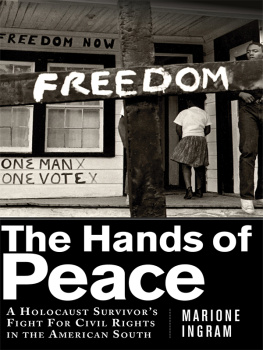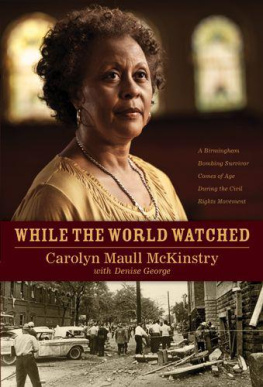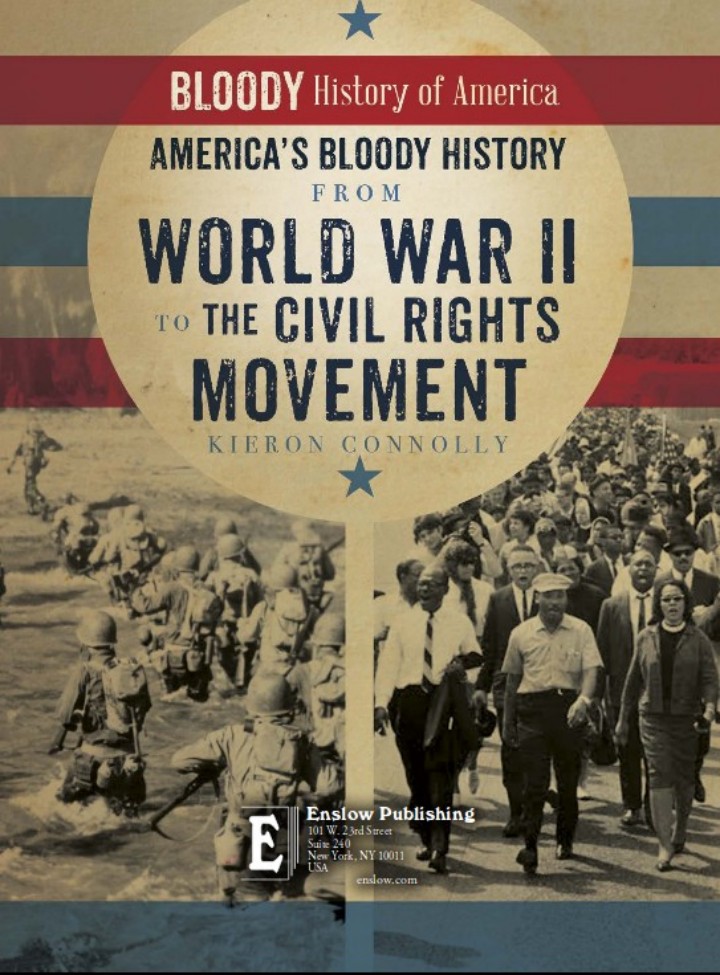- Chapter 1
World War II - Chapter 2
The Early Cold War - Chapter 3
The Civil Rights Movement
This edition published in 2018 by
Enslow Publishing, LLC
101 W. 23rd Street, Suite 240
New York, NY 10011
Additional end matter copyright 2018 by Enslow Publishing, LLC.
2018 Amber Books, Ltd.
All rights reserved.
No part of this book may be reproduced by any means without the written permission of the publisher.
Library of Congress Cataloging-in-Publication Data
Names: Connolly, Kieron, author.
Title: Americas bloody history from World War II to the Civil Rights Movement / Kieron Connolly.
Description: New York, NY : Enslow Publishing, 2018. | Series: Bloody history of America | Includes bibliographical references and index. | Audience:
Grades 7-12.
Identifiers: LCCN 2017031487 | ISBN 9780766091795 (library bound) | ISBN 9780766095571 (paperback)
Subjects: LCSH: United StatesHistory1945Juvenile literature. | World War, 1939-1945Juvenile literature. | Civil rights movementsUnited StatesHistory 20th centuryJuvenile literature. | African AmericansCivil rightsHistory 20th centuryJuvenile literature.
Classification: LCC E741 .C575 2017 | DDC 973.91dc23 LC record available at https://lccn.loc.gov/2017031487
Printed in China
To Our Readers: We have done our best to make sure all websites in this book were active and appropriate when we went to press. However, the author and the publisher have no control over and assume no liability for the material available on those websites or on any websites they may link to. Any comments or suggestions can be sent by email to .
Photo Credits: Cover (left), pp. 3 (left), 6 Everett Collection/Shutterstock.com; cover (right), p. 3 (right) Bettmann/Getty Images; Alamy: 49 (Pictorial Press), 64 (Vintageusa1); Alamy/Everett Collection: 39, 52, 62, 67, 71, 74; Alamy/Granger Collection: 20, 60; Cody Images: 21; Getty Images: 38 (Hulton), 41 (Michael Ochs Archive), 47 (Hulton), 53 (Universal Images Group), 56 (Flip Schulke Archives), 58 (Hulton), 78 (Fed W. McDarrah); Getty Images/Archive Photos: 13, 37, 65, 66, 73; Getty Images/Bettmann: 15, 34, 48, 70, 76; Library of Congress: 10 (Dorothea Lange), 42, 45; US Department of Defense: 9, 12, 14, 16, 22, 24, 26-31 all.
CONTENTS
Chapter 1
World War II
Chapter 2
The Early Cold War
Chapter 3
The Civil Rights Movement
INTRODUCTION
THE HISTORY OF THE UNITED STATES IS A COMPLEX ONE, EVEN FOR a country that is still so young in the context of the world. The growth of the United States has been characterized by so many distinct periods, some of which even seemed to conflict with each other. For instance, even though the United States fought alongside their international Allies in World War II and eventually helped determine the peace terms to end the war, segregation and racial tensions, which sometimes provoked riots and other instances of violence, still existed within the United States itself.
World War II ended, but the Cold War and the Korean War soon followed, drawing more US attention and resources. Even though the United States had become a superpower and was so involved on the world stage, it remained vulnerable at home in certain ways. The fear of communism brought on by the Cold War, for instance, was molded by people like Senator Joe McCarthy, and led to the unfair treatment of many citizens, whether they were associated with communism or not.
Marginalized groups, specifically African Americans, began to speak out more strongly against the unjust divisions in the American population. Leaders like Martin Luther King Jr. called for the end of segregation and worked tirelessly for voting rights for African Americans. Activist groups flourished during the civil rights movement, and even though they didnt always agree, their accomplishments were only the beginning of a more peaceful and equal America.
CHAPTER1
WORLD WAR II
ALTHOUGH AMERICA PROCLAIMED ITS NEUTRALITY WHEN WORLD War II broke out in Europe in 1939, in just a few years it would not only be forced into the bloodiest conflict in world history, but also determine the wars outcome. Then, in 1945, it would signal the birth of the nuclear age when it dropped atomic bombs on Japan.
The United States declared war against Japan the day after the attacks on Pearl Harbor in 1941. However, America hadnt, despite its claims, been wholly neutral since the war had begun in September 1939. Although there was much anti-war sentiment in the United States, President Roosevelt was staunchly anti-fascist and was soon quietly providing Britain and France with aid and support in their fight against Adolf Hitlers Germany. Within three months of Britain and France going to war, Americas Neutrality Act had been revised to permit them to buy munitions on a cash and carry basis. The following September, the United States gave Britain fifty aging destroyers, while making sure that this was presented as a business deal rather than aid, with Britain, in return, offering America long leases on naval bases. Similarly, by 1941, the Lend-Lease Bill pretended that vast amounts of weaponry were only being loaned to Britain and the Soviet Unionfor return after use.
Domestically, rearmament had been stepped up and conscription reintroduced. Vicariously at least, writes historian Philip Jenkins, the United States was in all essential ways a combatant power for most of 1941. The mass raid on Pearl Harbor may have come out of the blue, but an attack of some kind had been expected, although Malaya or the Philippines had been thought more likely targets. Back in 1937, Japanese aircraft had sunk the US gunboat Panay while it was anchored on the Yangtze River in China, and, concerned about Japans imperialistic expansion in China and southeast Asia, America was already offering covert aid to the Chinese war effort, including the use of American pilots. Following the sinking, commercial treaties with Japan had been annulled and economic restrictions imposedincluding, crucially, access to American oil.
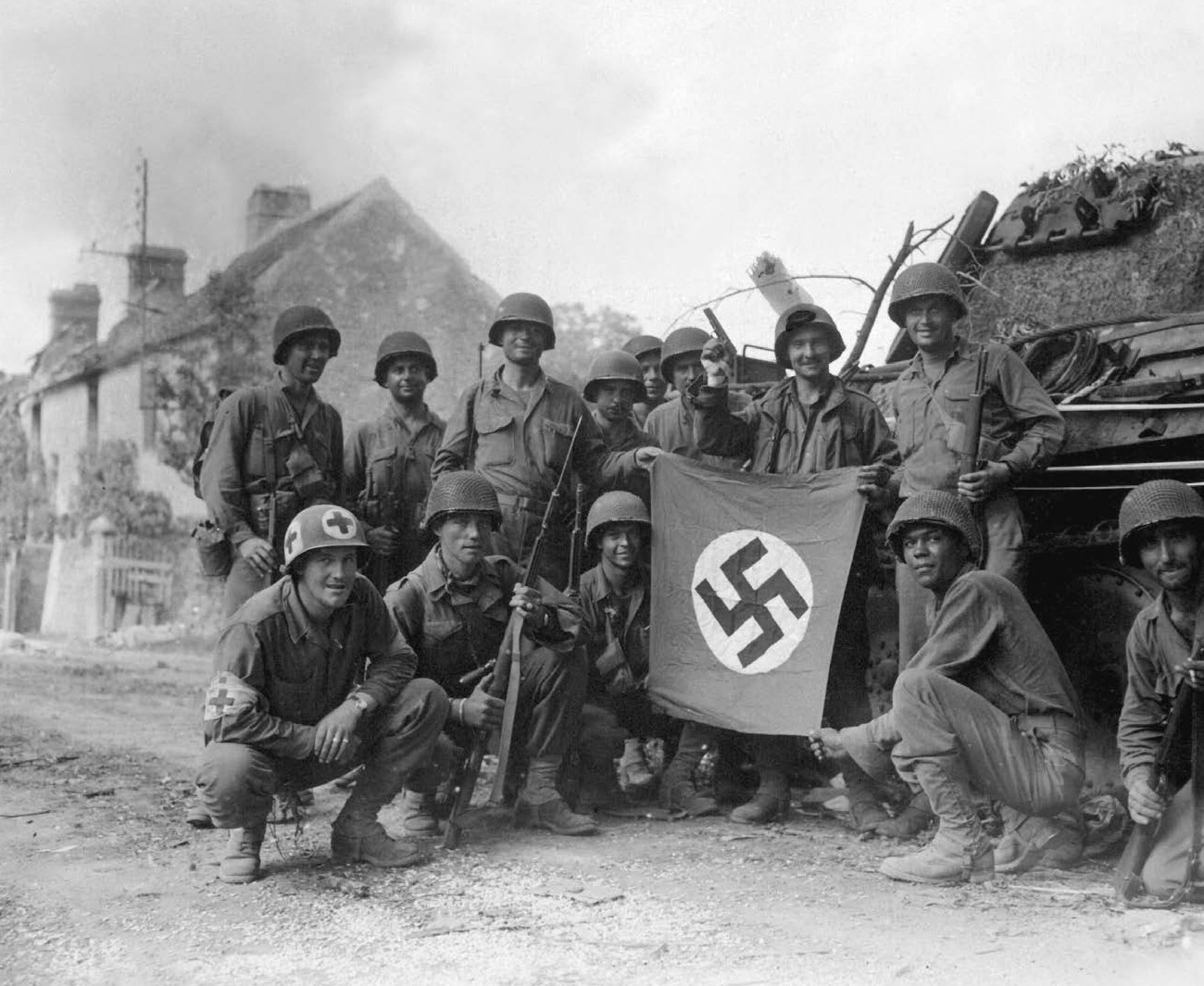
US infantrymen pose with the flag of the defeated occupying Nazi regime in a liberated part of France, August 1944. When the United States entered the war in 1941, there were fewer than two million Americans in the armed forces; by 1945, there were more than twelve million.
ATTACKS ON AMERICA
With Japanese expansion across the Pacific and attacks on US merchant shipping, fears grew of an invasion of the American West Coast. No attempt at invasion happened, but there were some isolated assaults. In February 1942, a Japanese submarine fired shells at the Ellwood Oil Field near Santa Barbara, southern California. That June, another Japanese submarine fired shells at Fort Stevens on the Columbia River in Oregonthough without causing significant damage. Three months later, the continental US saw its only air raid of the war when a floatplane launched from a submarine dropped two incendiary bombs on the mountains of Oregon. Due to poor weather and the actions of fire patrols, the fires were put out with minimal damage.

